J. Michael Shull
Professor of Astrophysical and Planetary SciencesUniversity of Colorado at Boulder
Campus Box UCB-391, Boulder, CO 80309-0391
- ASTR 2010 (Modern Cosmology: Undergraduate Non-Majors) -- Spring 2018
- ASTR 5110 (Atomic and Molecular Processes: Graduate-level) -- Fall 2017
- ASTR 3830 (Astrophysics-2: Galactic and Extragalactic) -- Spring 2017
- ASTR 5770 (Cosmology: Graduate-Level) -- Fall 2016
- ASTR 6000 (Astrophysics Seminar: Precision Measurements in Cosmology) -- Fall 2016
-
ASTR 1200
(General Astronomy: Stars and Galaxies) -- Fall 2015
- Curriculum Vitae
- List of Publications
-
Recent papers
(astro-ph)
Recent Astronomical Research
My research interests lie in theoretical astrophysics and UV/X-ray space astronomy. Past theoretical studies include studies of promordial gas cooling, galaxy formation, thermal phases of the intergalactic medium (IGM), and the critical star formation rate required to maintain reionization of intergalactic hydrogen at redshifts z ~ 6-8. With previous students and postdocs, I have developed models of the ionizing radiation produced by massive stars and quasars and their contributions to the metagalactic ionizing background. Our group has used N-body hydrodynamical cosmological simulations to understand the structure of thermal phases of the IGM, particularly the Lyman-alpha forest and "warm-hot IGM" (WHIM) both at high redshift and "more locally" (redshifts z < 1.5). Space observational work uses UV spectroscopic data from the Cosmic Origins Spectrograph (COS) aboard the Hubble Space Telescope (HST) for surveys of the missing cosmological baryons and the cosmic metal evolution in the low-redshift IGM. A recent IGM paper analyzes the pulse dispersion of fast radio bursts (FRBs) at cosmological redshifts by a structured IGM.
Our group has also used UV spectroscopic observations with HST/COS to produce a composite spectrum of the ionizing radiation of quasars in their (rest-frame) Lyman continuum (wavelengths from 912 A down to 400 A). Another recent HST/COS paper presents an ultraviolet survey of strong H I absorbers in the spectra of distant quasars. This survey provides the best data on the spatial density of low-redshift Partial Lyman Limit Systems -- gas likely associated with the halos of intervening galaxies like the Milky Way and Andromeda (M31).
Another long-term observational program uses the Wide-Field Camera-3 aboard Hubble to search for distant galaxies at redshifts z > 8. I am working with former CU postdoc Michele Trenti (now at Univ of Melbourne), Tommaso Treu (UCLA), and others on the BoRG Team ("Brightest of Reionizing Galaxies). Using pure-parallel HST observations with the optical and near-IR channels on HST/WFC, the BoRG survey has discovered 97 Y-band "flux-dropout galaxies" at the bright end of the luminosity function at redshift z ~ 8. Our latest results have extended the BoRG survey to Hubble's redshift frontier at redshifts z ~ 9-10. The next observations in the BoRG project (500 parallel orbits in Hubble Cycle 25) will search for galaxies out to z = 11, formed in the first 700 Myr after the Big Bang. We will survey 580 square arcmin over 125 sightlines in five WFC3 bands (0.35 to 1.7 microns). In the future, we will propose deep infrared observations with the James Webb Space Telescope, scheduled for launch in early 2019.
Three press releases from the Space Telescope Science Institute describe some of our group's past discoveries on a "Galaxy Protocluster at Redshift z ~ 8", on UV-spectroscopic searches for "Intergalactic Missing Baryons", and on defining the end of the the "Helium Reionization Epoch" at redshift z ~ 2.7.
Hubble Pinpoints Farthest Protocluster of Galaxies Ever Seen
Hubble Survey finds Missing Matter and Probes the Cosmic Web of Intergalactic Matter
Hubble Astronomers Uncover an Overheated Early Universe
Given the enormous cosmological distances to these galaxies, quasars, and intergalactic gas, it worth asking the question: What is our place in the universe? The four images below show: (Top Panels): Aerial view of the CU-Boulder campus and Andromeda/M31, the nearest large galaxy (2.5 million light years distant). (Bottom Panels): Hubble Image of galaxies in the "Ultra-Deep Field" and a schematic time line of the "History of the Universe" from the Big Bang to the present. This time-line follows the first galaxies and quasars (11-13 billion years ago) through the "Epochs of Reionization" of hydrogen and helium.
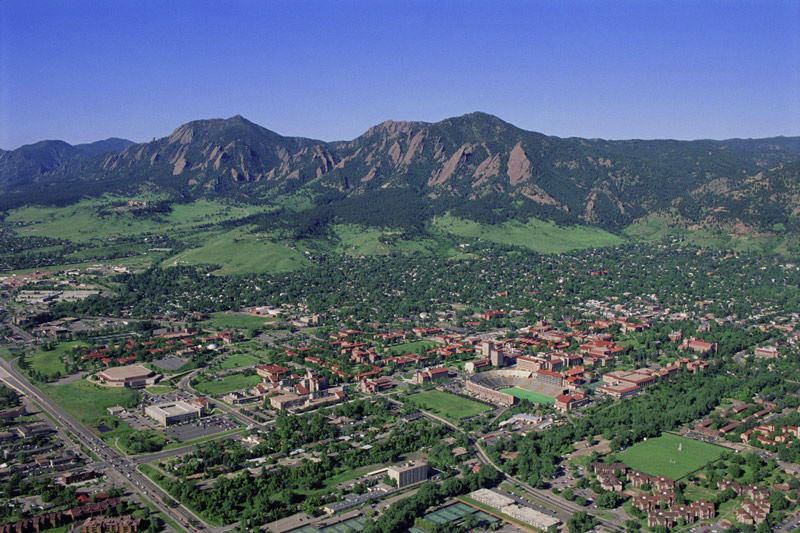

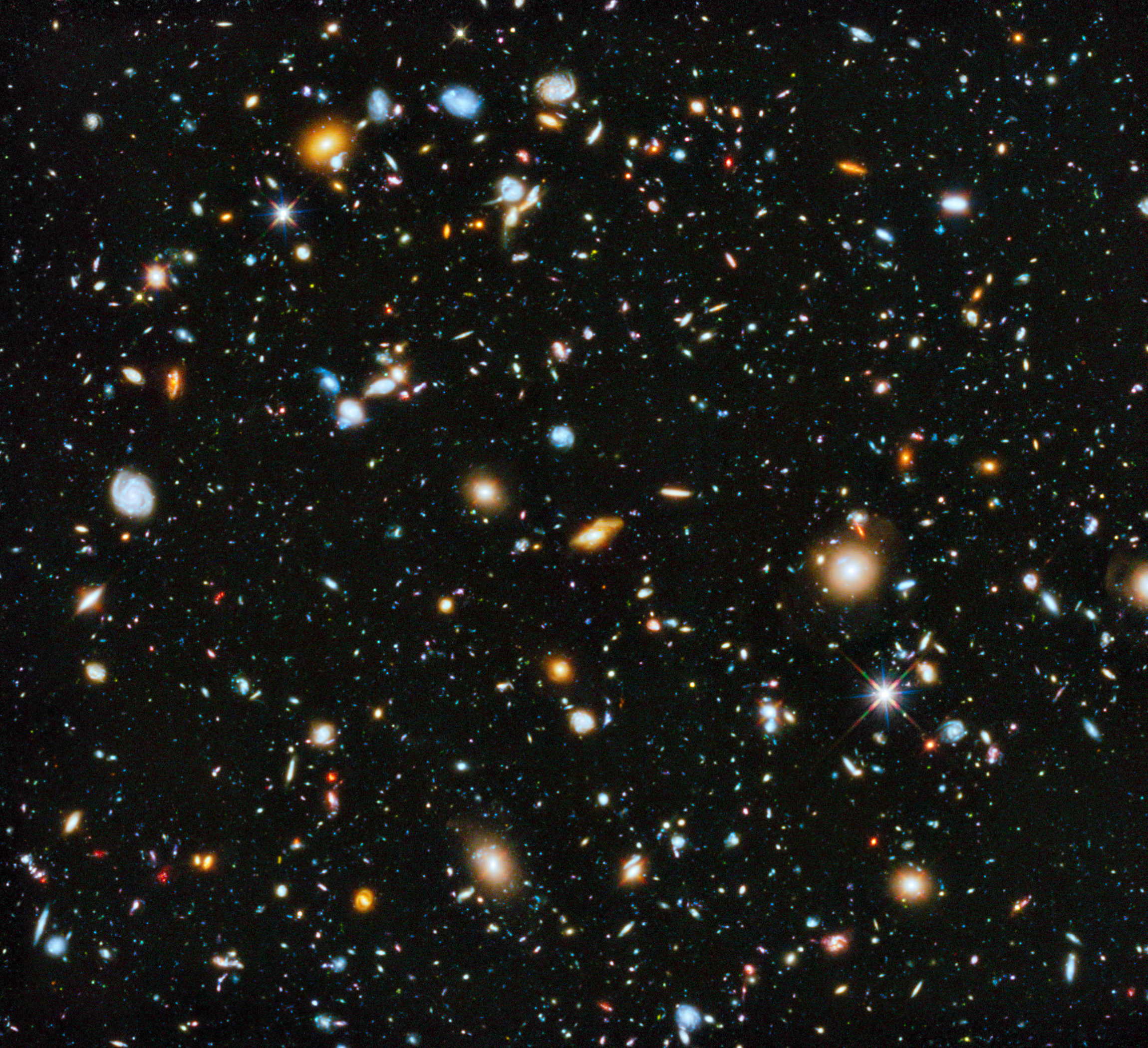
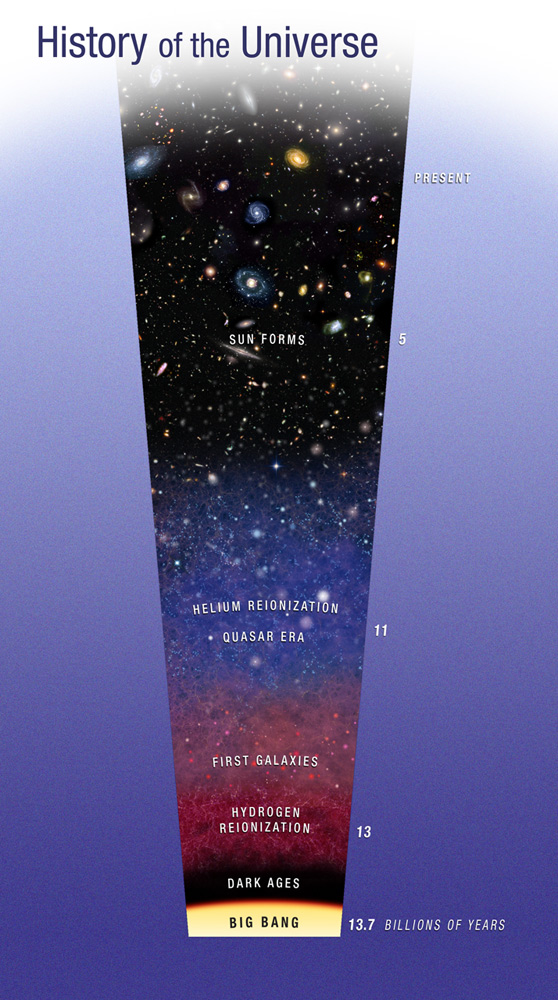
Overview:
I am a Professor of Astrophysics in the Department of Astrophysical and Planetary Sciences (APS) at the University of Colorado at Boulder. I am also a Fellow in the Center for Astrophysics and Space Astronomy and an Affiliated Faculty Member of the Department of Applied Mathematics. I was educated at Caltech (BS 1972, Physics) and Princeton (PhD 1976, Physics). Following a postdoc at the University of California, Berkeley (1976-77), I arrived at the University of Colorado in fall 1977, where I have worked for the past 40 years. I have received College awards for teaching (1986) and research (1996), CU Distinguished Research Lecturer (2001), President's Teaching Scholar (1994), and College Professor of Distinction (2008). The following pages give more detail on my recent activities and interests in teaching, research, and service to department, university, and profession. Below are links for recent (2008-2018) classes and graduate seminars, and lists of past students and postdocs.
- ASTR 2010 (Modern Cosmology) -- Spring 2018
- ASTR 5110 (Atomic and Molecular Processes) -- Fall 2017
- ASTR 3830 (Astrophysics-2: Galactic & Extragalactic) -- Spring 2017
- ASTR 5770 (Cosmology-Graduate Level) -- Fall 2016
- ASTR 5720 (Galaxies-Graduate Level) -- Spring 2012
- ASTR 6000 (Astrophysics Seminar: Precision Cosmology) -- Fall 2016
- ASTR 6000 (Graduate Astrophysics Seminar: Supernovae) -- Spring 2013
- ASTR 6000 (Astrophysics Seminar: Feedback from Galaxies and Quasars) -- Fall 2012
- ASTR 6000 (Astrophysics Seminar: High-Redshift Galaxies) -- Fall 2010
- ASTR 6000 (Astrophysics Seminar: The First Stars) -- Fall 2008
- ASTR 1020 (Introductory Astronomy-2) -- Spring 2010
- Previous and current research students.
- Previous and current postdocs.
- Administrative experience.
- IUEAGN Database (UV spectra)
Teaching and Research Activities:
I teach a variety of classes, at both undergraduate and graduate level, in astronomy and astrophysics. In recent years (fall 2011, 2014, 2017) I have taught our graduate core astrophysics course on Atomic & Molecular Processes (ASTR 5110). In Spring 2008, 2009, 2015, and 2018 I taught a large Core Curriculum class on Modern Cosmology (ASTR 2010) dealing with the Big Bang Theory for the origin and evolution of the universe. In fall 2009, spring 2012,and fall 2016 I taught our graduate course on Galaxies (ASTR 5720). In fall 2008, fall 2010, and fall 2012, I taught the graduate course on Cosmology (ASTR 5770). I have also taught graduate astrophysics seminars (ASTR 6000) on topics: The First Stars in fall 2008 (with postdoc Britton Smith); High-Redshift Galaxies in fall 2010 (with postdoc Michele Trenti); Feedback from Galaxies and Quasars in fall 2012; Supernovae in spring 2013 (with postdoc Emily Levesque); and most recently Precision Cosmology in fall 2016
Over the last 40 years at CU, I have worked with 21 undergraduate research students, 18 PhD thesis students, and 31 postdoctoral researchers. Undergraduate research projects include 6 senior honors theses in theoretical astrophysics and space astronomy. Undergraduate research student Kristin Gillmon was recognized as the Outstanding Graduate of the College of Arts & Sciences for her 2005 Honors Thesis on Infrared and Ultraviolet Studies of Molecular Hydrogen in the Galactic Infrared Cirrus. Two recent graduate students (Evan Tilton, Joshua Moloney) completed their PhDs in April 2017. I also continue collaborations with previous students (Devin Silvia, Michael Topping, Matt Stevans) and postdocs (Charles Danforth, Britton Smith, Michele Trenti, Aparna Venkatesan).
Between(2000-2014) I was active with the AURA (Association of Universities for Research in Astronomy), which manages a number of national observatories: the National Optical Astronomy Observatories (NOAO), the Space Telescope Science Institute (STScI) , and the National Solar Observatory (NSO) . AURA's current activities are focused on working with NASA and NSF to develop powerful new observational facilities for ground-based and space-borne astronomy, such as:
- James Webb Space Telescope (JWST)
- Advanced Technology Solar Telescope (ATST)
- Large Synoptic Survey Telescope (LSST)
- US Ground-Based O/IR System
Research in my group is supported by theory grants from the Space Telescope Science Institute, and space-observational grants for the Hubble Space Telescope. My research includes both theoretical and observational studies of the interstellar medium (ISM) and intergalactic medium (IGM), quasars and black holes, galaxy formation, heavy elements and molecules in space. My specific research areas include:
- Theoretical astrophysics and observational space astronomy
- Interstellar medium (ISM) and Intergalactic medium (IGM)
- Quasars, Seyfert Galaxies, and active galaxies
- Supernovae, Supernova remnants and Superbubbles
- The first stars and galaxies, high-redshift IGM reionization
- Application of atomic/molecular physics to astrophysics
Theoretical studies include models of the high-redshift IGM, including its cosmological reionization by the first hot stars and the radiative feedback from star formation in the first galaxies. The computer simulation images shown below illustrate (left) active regions of star formation at redshift z = 12.5, triggered by H2 cooling shown in blue (Ricotti, Gnedin, & Shull 2002a,b; 2008). On the right is a density projection showing the hot, shock-heated filaments of IGM (work with Britton Smith and Eric Hallman).
-
I am actively involved in classroom teaching and curriculum development.
I lead the proposal efforts for our new
High-Redshift Galaxies,academic tracks.
For the past several years, Colorado has been the #1 undergraduate
Astronomy-degree program, graduating approximately 50 students
(BA-ASTR) per year.
-
I am also a member of the
President's Teaching Scholars.
This group of faculty members, from all four campuses of CU,
meets regularly to discuss major issues in teaching, pedagogy, and
educational policy.
-
I regularly teach Introductory Astronomy-2 (ASTR 1020) and
General Astronomy: Stars and Galaxies (ASTR 1120) and the second-semester
Astrophysics: Stars & Galaxies (ASTR 3830) for our undergrad majors.
For the College of Arts and Sciences upper-level Core Curriculum,
I developed a Critical Thinking course entitled
"Space Science: Practice and Policy" (ASTR 4800), which introduces
juniors and seniors to current controversies in science that
illustrate the scientific method and the interplay of observation,
theory, and science policy.
- I also instigated the development of our department's series of single-semester courses for undergraduate non-majors. These courses, on the topics of Modern Cosmology, Space Astronomy, Black Holes, Ancient Astronomies, and Extra-Terrestrial Life, have become popular additions to our standard two-semester Introductory Astronomy courses. My own teaching in this series has been in Modern Cosmology.
- At the graduate level, I teach astrophysics discipline courses on Interstellar Matter (ASTR 5740), Galaxies (ASTR 5720), Cosmology (ASTR 5770), Atomic & Molecular Physics (ASTR 5110), Radiation and Dynamics (ASTR 5120), and High-Energy Astrophysics (ASTR 5710). I have taught numerous graduate (ASTR 6000) seminars on a variety of topics such as: Galaxy Formation, X-ray Astronomy, The Intergalactic Medium, The First Stars, and Precision Measurements in Cosmology .
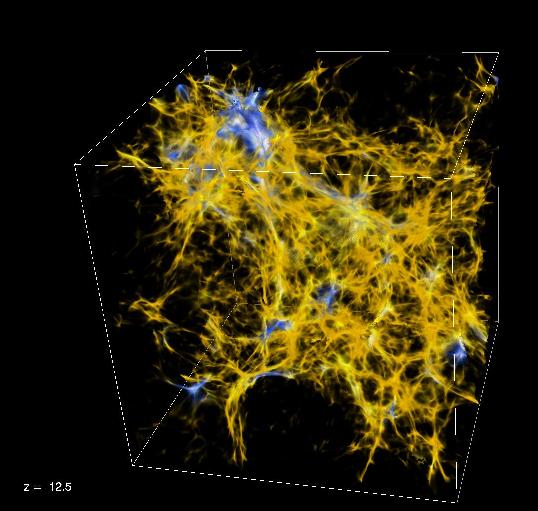
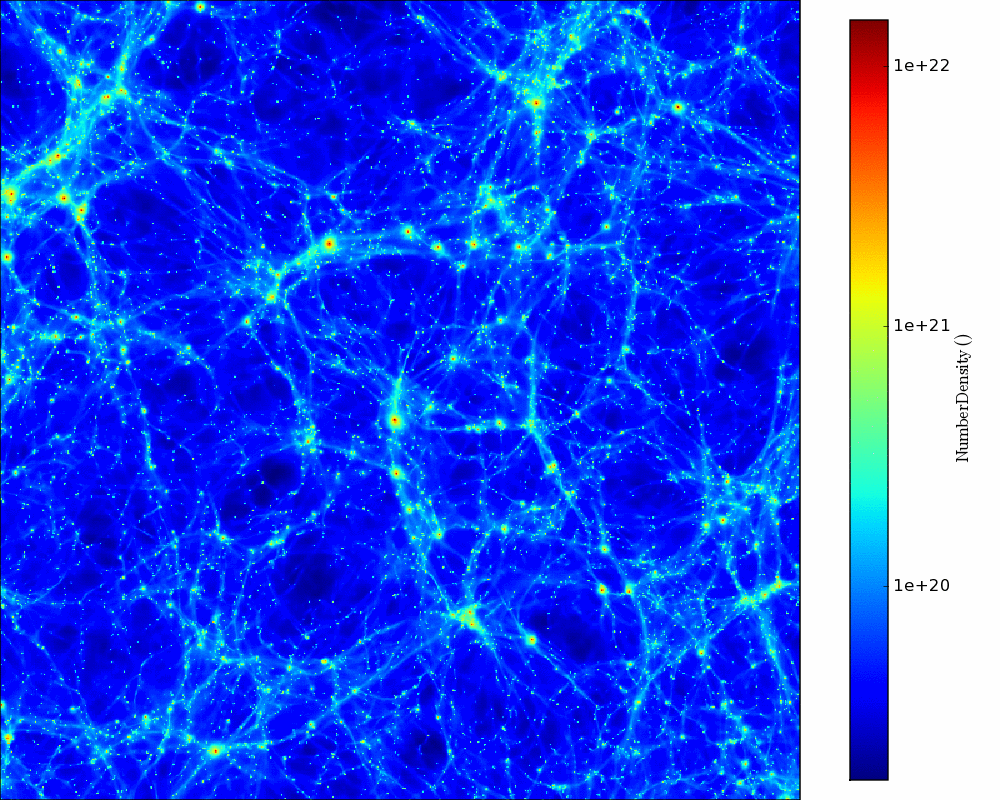
My group's theoretical studies of the First Stars include Nucleosynthesis, Reionization, and Mass Function of stars formed at redshifts z = 10-30, and thermodynamic studies of the cooling of primordial gas clouds, to determine Critical Metallicities for Second-Generation Stars. Recent projects include numerical simulations of the Fate of the First Galaxies. with Massimo Ricotti and Nick Gnedin. We use supercomputers to model how these Dwarf Primordial Galaxies form and evolve, and assess the impact of their radiation, gaseous outflows, and newly synthesized heavy elements. Related work with Aparna Venkatesan investigates First-Light Ionizing Sources and the Optical Depth of the Cosmic Microwave Background. These studies constrain the epoch of reionization of the high-redshift intergalactic medium by the earliest massive stars and black holes, at redshifts z > 7.
My recent space-observational work includes a Hubble Survey of Missing Matter between the Galaxies. Charles Danforth and I used ultraviolet spectrographs on the Hubble and FUSE satellites to observe the structure, ionization state, and chemical composition of Intergalactic Matter at Redshifts z < 0.4. Our studies also produced a census of ordinary matter (baryons) in the local Universe. The pie-chart below shows their distribution: less than 10% resides in galaxies, and most of the matter lies in intergalactic space, observable through absorption-line spectra in the ultraviolet and X-ray wavelength bands.


Shull and collaborators (Joe Collins, Jennifer Westbrook, Mark Giroux) have used ultraviolet spectra to probe the mass and chemical abundances of Galactic halo gas seen in High-Velocity Clouds (Collins, Shull, & Giroux 2007). Many of these High-Velocity Clouds, such as the well-studied Complex C (Collins, Shull, & Giroux 2003, 2007), are falling onto the Milky Way disk. In a Hubble survey of the high-latitude Galactic sky in the strong UV absorption line of ionized silicon (Si III), we have found a major reservoir of ionized gas in the Galactic Halo that could bring a fresh supply (about 1 solar mass per year) of matter to replenish ongoing star formation. Other space-observational projects involve a FUSE study of He II Reionization at z=3 in the Intergalactic Medium, and a FUSE survey of High-latitude interstellar molecular hydrogen.
I have been involved in advocacy and planning for a powerful 4-8 meter UV/Optical Space Telescope, used to study galaxies, stars, planets, and The Emergence of the Modern Universe. My current space-astronomy interests center around a powerful new instrument for the Hubble Space Telescope, the Cosmic Origins Spectrograph (COS), which was installed during the recent Hubble Servicing Mission (May 2009). COS delivers 10-15 times the light throughput of the previous (STIS) spectrograph aboard Hubble. Our science team will study the origins and evolution of the intergalactic gas, quasars, and galaxies through ultraviolet spectroscopic studies of D/H, He II reionization, and chemical abundances in the IGM and galactic halos. In particular, COS (see image below) will study the spatial distribution of primordial and shock-heated intergalactic gas and heavy elements expelled into intergalactic space by massive stars and supernovae. The expected topology of the intergalactic gas (shock-heated filaments in the "Cosmic Web") is shown in the simulation figure below.
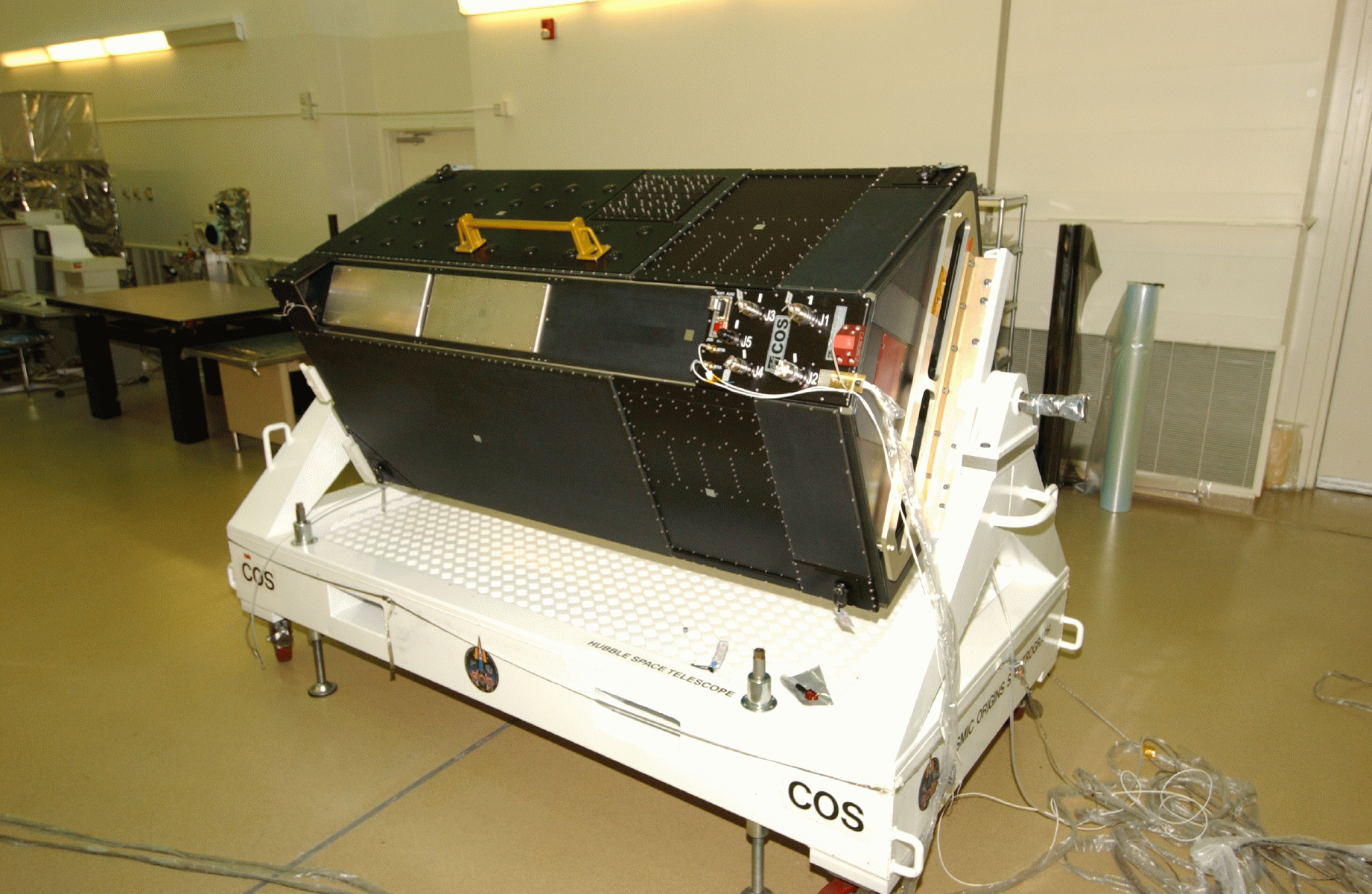
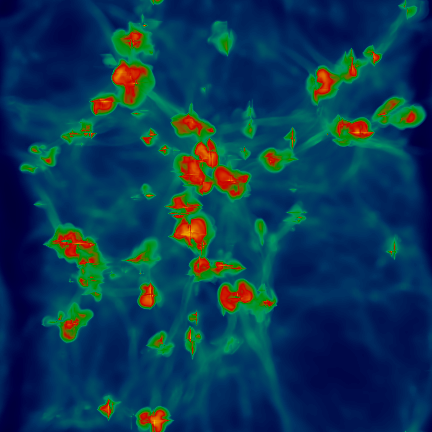
Between Sept 2013-Aug 2014, I was on sabbatical leave at the Institute of Astronomy (Cambridge University) as the Sackler Lecturer. I continued Hubble spectroscopic surveys of intergalactic matter (missing baryons, heavy element abundances). I also worked on o theoretical models of galactic halos, early galaxy formation, reionization of the IGM in hydrogen and helium, and effects of feedback from galaxies and quasars.
Academic Information:
-
Over the past 38 years at CU, I have taught courses in Physics, Astrophysics,
and Space Policy at both the undergraduate and graduate level.
I wrote an undergraduate Physics textbook (with Ted Snow)
and have been co-editor of 7 Conference Procedings, including
three of the well-known "Tetons Conferences on Astrophysics".
In 2005, I was elected Fellow of the
AAAS
(American Association for the Advancement of Science).
I served as APS Department Chair (1998-2004), Associate Dean of the College of Arts & Sciences (1988-1990), and Faculty Associate Vice Chancellor (1995-1997). I led campus curricular development and strategic planning, including the Campus Strategic Plan (1995-1997). and the design and implementation of the previous Core Curriculum (1989-2017) for the College of Arts & Sciences. Nationally, I served as Chair of the Space Telescope Institute Council (STIC) and Chair of the AURA Board of Directors (2005-2008) for the Association of Universities for Research in Astronomy. AURA manages the US National Optical Astronomy Observatories (for NSF) and the Space Telescope Science Institute (for NASA).
For the APS department, I chaired the committees that wrote the last two (2002-03 and 2009-10) strategic plans and headed the development of our Undergraduate Degree Program in Astronomy & Astrophysics, which now has over 300 majors and graduates ~50 students per year. As Department Chair, I raised substantial private funds to support graduate and undergraduate scholarships and fellowships, academic and planetarium support, and our $2M (12.5%) capital share in the 3.5-meter telescope at the Apache Point Observatory. We also joined the fourth Sloan Digital Sky Survey Fourth Sloan Digital Sky Survey (SDSS-IV). Both telescopes are managed by the Astrophysical Research Consortium (ARC).
In Jan 2001 we joined the ARC consortium as a 1/16 partner, and in Jan. 2006 we doubled our observing share to 1/8 (80 nights/year), thanks to several generous private donations. As part of this new agreement, CU/CASA built the $1.3M Near Infrared Camera and Fabry-Perot Spectrograph (NIC-FPS) for this telescope, installed November 2004 under the supervision of Dr. James Green, with help from CASA staff (Stephane Beland), faculty (John Bally, John Stocke), graduate students (Fred Hearty, Meredith Drosback, Nathaniel Cunningham) and APS undergraduate majors.


Last decade, I headed the UVOWG (Ultraviolet-Optical Working Group) charged by NASA with studying the scientific and technology issues for the next generation of space missions after the Hubble Space Telescope -- the Space Ultraviolet Observatory, or SUVO. Our efforts included a conference (Ultraviolet-Optical Space Astronomy Beyond the Hubble Space Telescope, ASP Conf. Series, Vol 164) and a White Paper entitled The Emergence of the Modern Universe: Tracing the Cosmic Web. I served on the "UV, Optical, and Infrared Astronomy from Space" panel of the NRC Astronomy and Astrophysics Decade Survey. In 2009-2010 I served on the Astro2010 (Astronomy and Astrophysics) Decadal Survey as Chair of the Science Frontier Panel examining The Galactic Neighborhood .
Undergraduate Teaching:
Graduate Teaching:

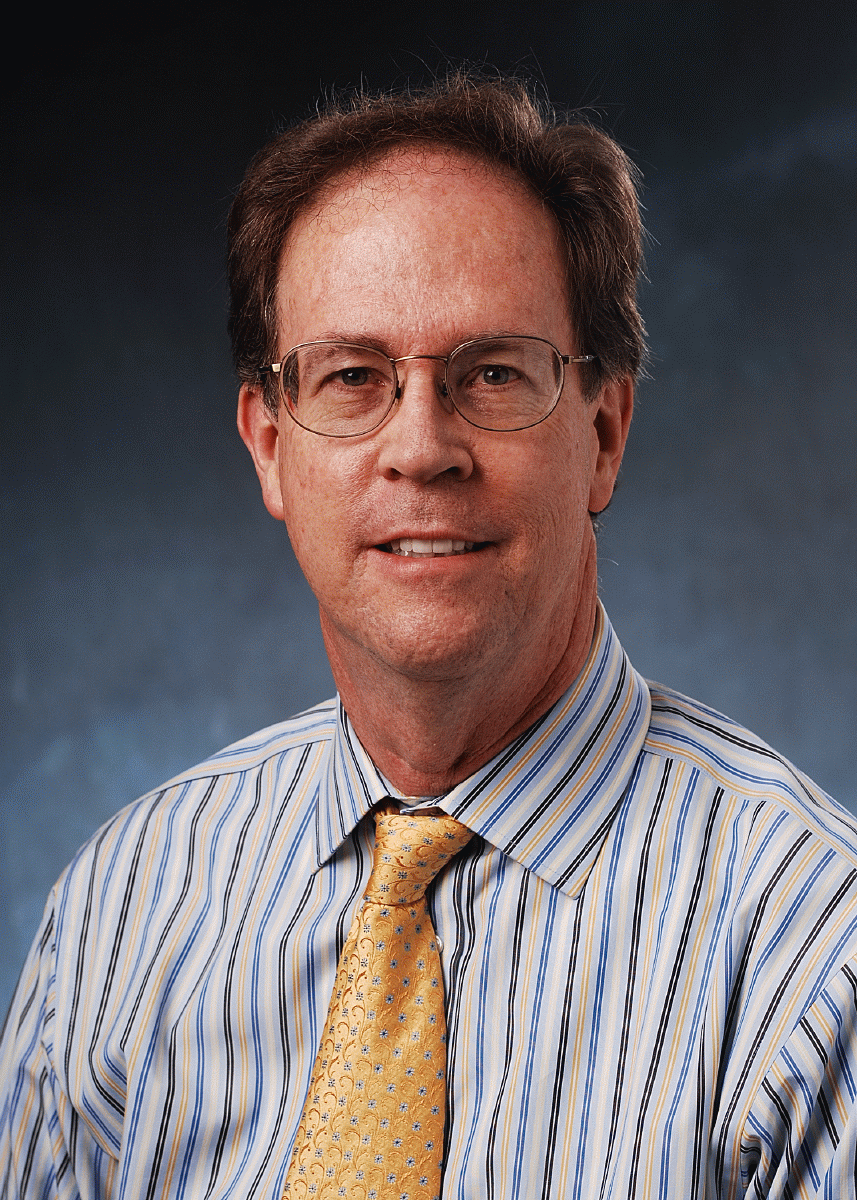
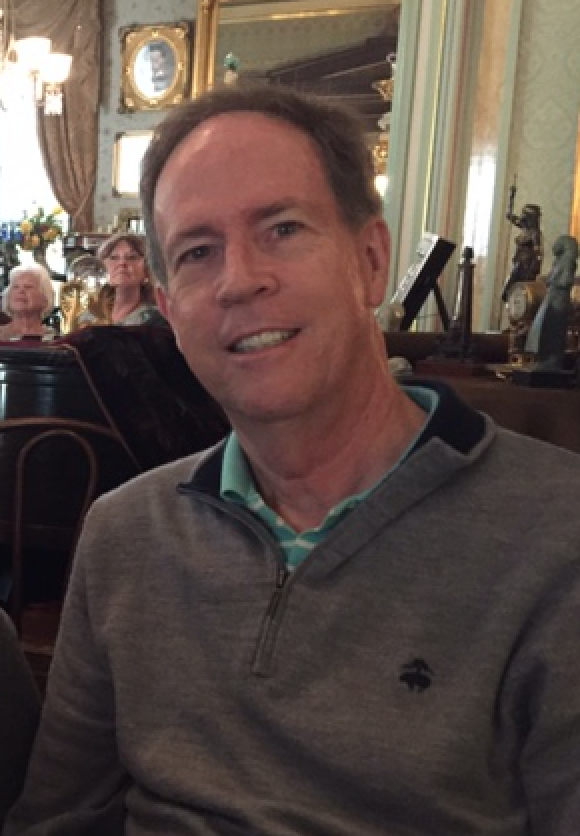
Office Phone: (303) 492-7827
Email: michael.shull@colorado.edu
Visitor Link: map of the Boulder campus .
Personal Info: Vitae, Papers, Classes, Future Events